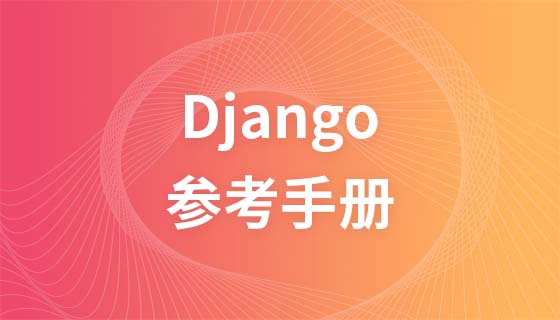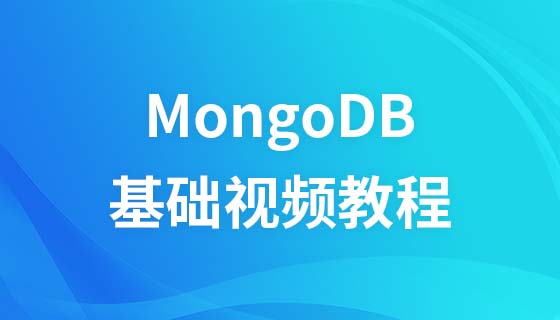
推送服務實作
#基本原則
##server 啟動以後會註冊兩個Handler。 websocketHandler 用於提供瀏覽器端發送 Upgrade 請求並升級為 WebSocket 連線。 pushHandler 用於提供外部推送端發送推送資料的請求。 瀏覽器首先連接 websocketHandler (預設位址為 ws://ip:port/ws)升級請求為 WebSocket 連接,當連接建立之後需要發送註冊資訊進行註冊。這裡註冊資訊中包含一個 token 資訊。 server 會對提供的token 進行驗證並取得到對應的userId(通常來說,一個userId 可能同時關聯許多token),並保存維護好token, userId 和conn(連線)之間的關係。 推送端發送推送資料的請求到 pushHandler(預設位址為 ws://ip:port/push),請求中包含了 userId 欄位和 message 欄位。 server 會根據 userId 取得到所有此時連接到該 server 的 conn,然後將 message 一一進行推送。 由於推送服務的即時性,推送的資料並沒有也不需要進行快取。程式碼詳解
我在這裡會稍微講述一下程式碼的基本構成,也順便說說Go 語言中一些常用的寫法和模式(本人也是從其他語言轉向Go 語言,畢竟Go 語言也相當年輕。所以有建議的話,敬請提出。)。 由於Go語言的發明人和一些主要維護者大都來自於 C/C 語言,所以 Go 語言的程式碼也更偏向 C/C 系。
先來看看 Server 的結構:// Server defines parameters for running websocket server.
type Server struct {
// Address for server to listen on
Addr string
// Path for websocket request, default "/ws".
WSPath string
// Path for push message, default "/push".
PushPath string
// Upgrader is for upgrade connection to websocket connection using
// "github.com/gorilla/websocket".
//
// If Upgrader is nil, default upgrader will be used. Default upgrader is
// set ReadBufferSize and WriteBufferSize to 1024, and CheckOrigin always
// returns true.
Upgrader *websocket.Upgrader
// Check token if it's valid and return userID. If token is valid, userID
// must be returned and ok should be true. Otherwise ok should be false.
AuthToken func(token string) (userID string, ok bool)
// Authorize push request. Message will be sent if it returns true,
// otherwise the request will be discarded. Default nil and push request
// will always be accepted.
PushAuth func(r *http.Request) bool
wh *websocketHandler
ph *pushHandler
}// NewServer creates a new Server.func NewServer(addr string) *Server { return &Server{
Addr: addr,
WSPath: serverDefaultWSPath,
PushPath: serverDefaultPushPath,
}
}// ListenAndServe listens on the TCP network address and handle websocket
// request.
func (s *Server) ListenAndServe() error {
b := &binder{
userID2EventConnMap: make(map[string]*[]eventConn),
connID2UserIDMap: make(map[string]string),
}
// websocket request handler
wh := websocketHandler{
upgrader: defaultUpgrader,
binder: b,
}
if s.Upgrader != nil {
wh.upgrader = s.Upgrader
}
if s.AuthToken != nil {
wh.calcUserIDFunc = s.AuthToken
}
s.wh = &wh
http.Handle(s.WSPath, s.wh)
// push request handler
ph := pushHandler{
binder: b,
}
if s.PushAuth != nil {
ph.authFunc = s.PushAuth
}
s.ph = &ph
http.Handle(s.PushPath, s.ph)
return http.ListenAndServe(s.Addr, nil)
}// binder is defined to store the relation of userID and eventConn
type binder struct {
mu sync.RWMutex
// map stores key: userID and value of related slice of eventConn
userID2EventConnMap map[string]*[]eventConn
// map stores key: connID and value: userID
connID2UserIDMap map[string]string
}// websocketHandler defines to handle websocket upgrade request.
type websocketHandler struct {
// upgrader is used to upgrade request.
upgrader *websocket.Upgrader
// binder stores relations about websocket connection and userID.
binder *binder
// calcUserIDFunc defines to calculate userID by token. The userID will
// be equal to token if this function is nil.
calcUserIDFunc func(token string) (userID string, ok bool)
}// First try to upgrade connection to websocket. If success, connection will
// be kept until client send close message or server drop them.
func (wh *websocketHandler) ServeHTTP(w http.ResponseWriter, r *http.Request) {
wsConn, err := wh.upgrader.Upgrade(w, r, nil)
if err != nil {
return
}
defer wsConn.Close()
// handle Websocket request
conn := NewConn(wsConn)
conn.AfterReadFunc = func(messageType int, r io.Reader) {
var rm RegisterMessage
decoder := json.NewDecoder(r)
if err := decoder.Decode(&rm); err != nil {
return
}
// calculate userID by token
userID := rm.Token
if wh.calcUserIDFunc != nil {
uID, ok := wh.calcUserIDFunc(rm.Token)
if !ok {
return
}
userID = uID
}
// bind
wh.binder.Bind(userID, rm.Event, conn)
}
conn.BeforeCloseFunc = func() {
// unbind
wh.binder.Unbind(conn)
}
conn.Listen()
}// Authorize if needed. Then decode the request and push message to each
// realted websocket connection.
func (s *pushHandler) ServeHTTP(w http.ResponseWriter, r *http.Request) {
if r.Method != http.MethodPost {
w.WriteHeader(http.StatusMethodNotAllowed)
return
}
// authorize
if s.authFunc != nil {
if ok := s.authFunc(r); !ok {
w.WriteHeader(http.StatusUnauthorized)
return
}
}
// read request
var pm PushMessage
decoder := json.NewDecoder(r.Body)
if err := decoder.Decode(&pm); err != nil {
w.WriteHeader(http.StatusBadRequest)
w.Write([]byte(ErrRequestIllegal.Error()))
return
}
// validate the data
if pm.UserID == "" || pm.Event == "" || pm.Message == "" {
w.WriteHeader(http.StatusBadRequest)
w.Write([]byte(ErrRequestIllegal.Error()))
return
}
cnt, err := s.push(pm.UserID, pm.Event, pm.Message)
if err != nil {
w.WriteHeader(http.StatusInternalServerError)
w.Write([]byte(err.Error()))
return
}
result := strings.NewReader(fmt.Sprintf("message sent to %d clients", cnt))
io.Copy(w, result)
}
Conn
Conn (此处指 wserver.Conn) 为 websocket.Conn 的包装。
// Conn wraps websocket.Conn with Conn. It defines to listen and read
// data from Conn.
type Conn struct {
Conn *websocket.Conn
AfterReadFunc func(messageType int, r io.Reader)
BeforeCloseFunc func()
once sync.Once
id string
stopCh chan struct{}
}// Listen listens for receive data from websocket connection. It blocks
// until websocket connection is closed.
func (c *Conn) Listen() {
c.Conn.SetCloseHandler(func(code int, text string) error {
if c.BeforeCloseFunc != nil {
c.BeforeCloseFunc()
}
if err := c.Close(); err != nil {
log.Println(err)
}
message := websocket.FormatCloseMessage(code, "")
c.Conn.WriteControl(websocket.CloseMessage, message, time.Now().Add(time.Second))
return nil
})
// Keeps reading from Conn util get error.
ReadLoop:
for {
select {
case <-c.stopCh:
break ReadLoop
default:
messageType, r, err := c.Conn.NextReader()
if err != nil {
// TODO: handle read error maybe
break ReadLoop
}
if c.AfterReadFunc != nil {
c.AfterReadFunc(messageType, r)
}
}
}
}主要設定了 websocket 連線關閉時的處理和不停地讀取資料。
推薦:g
olang教學以上是用Go語言寫一個簡單的WebSocket推送服務的詳細內容。更多資訊請關注PHP中文網其他相關文章!



